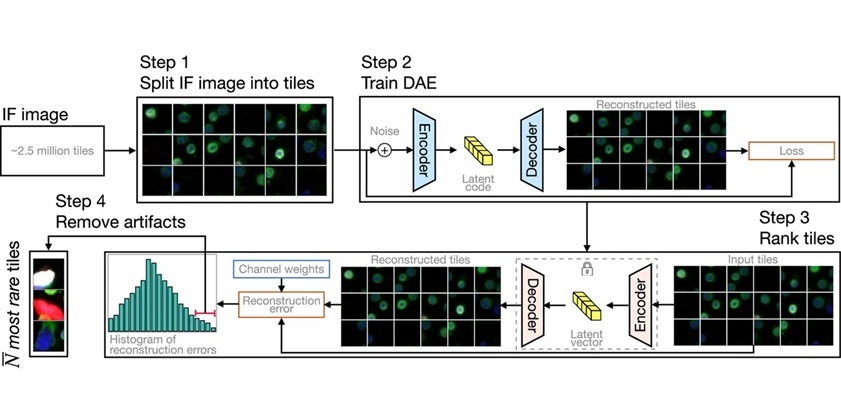Biolasers Light Up Circulating Tumor Cells in Bloodstream of Cancer Patients
Posted on 07 Jan 2025
As tumors grow, they release cells into the bloodstream, known as circulating tumor cells (CTCs). Although these cells are vastly outnumbered by millions of other blood cells, detecting them early can significantly enhance treatment outcomes. For example, pancreatic cancer is typically diagnosed too late for effective treatment, contributing to its poor prognosis. Similarly, lung cancer detection, especially for recurrence after treatment, is also challenging. Traditional methods for detecting CTCs involve labeling specific proteins on tumor cell surfaces with fluorescent dyes, making the cells easier to spot in blood samples. However, this method has drawbacks. Some CTCs may not express these proteins, causing them to be overlooked. Additionally, these methods miss valuable insights into the internal workings of the cancer cells, and often involve techniques that damage or kill the cells, preventing further analysis.
To find a way to detect CTCs while they remain alive, researchers from the University of Michigan (Ann Arbor, MI, USA) developed a new approach for identifying these cells in patients with pancreatic and lung cancer. The researchers turned to biolaser technology. While this approach still uses dyes to stain cancer cells, it does not kill them, and instead of focusing on proteins found on the cell surface, it targets something common to all cells—their nuclei. For their study, the researchers first passed blood samples from pancreatic cancer patients through a circular maze called Labyrinth, which pre-separates the CTCs, as they are slightly larger than other white blood cells. They then placed the tumor cells between two mirrors and directed an excitation laser at them, one cell at a time. When the excitation was strong enough, the cells emitted a laser, and these cells were referred to as "cell lasers." The laser emission from these cells is significantly stronger than what is observed with traditional fluorescent techniques.

Moreover, the images generated by laser emissions are distinct; while fluorescent images make the cells appear as glowing spheres, laser emissions reveal more complex shapes that provide insights into the organization of DNA inside the cancer cells. However, the differences in the laser emissions are subtle. To overcome this, the researchers used machine learning for enhanced accuracy. With the help of the Deep Cell-Laser Classifier model, they were able to identify pancreatic cancer cells with 99% accuracy. Impressively, the model, initially trained with pancreatic cancer cells, could also detect lung cancer cells without any additional training, as detailed in the study published in Biosensors and Bioelectronics. Moving forward, the researchers aim to develop a device capable of isolating cancer cells after detection. They also plan to use the unique light patterns produced by the cells to gain a deeper understanding of which tumors are more aggressive or resistant to treatment.
“With our system, if you want to collect circulating tumor cells, you have to remove the top mirror, which can cause the cell to move and then you lose track of it,” said Xudong (Sherman) Fan, professor of biomedical engineering. “We want to develop a system where cells move along one-by-one through the laser excitation spot and then go through a cell sorting device that helps us sort and collect cells for subsequent analysis.”













